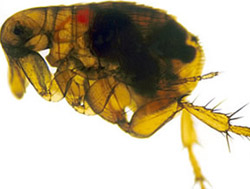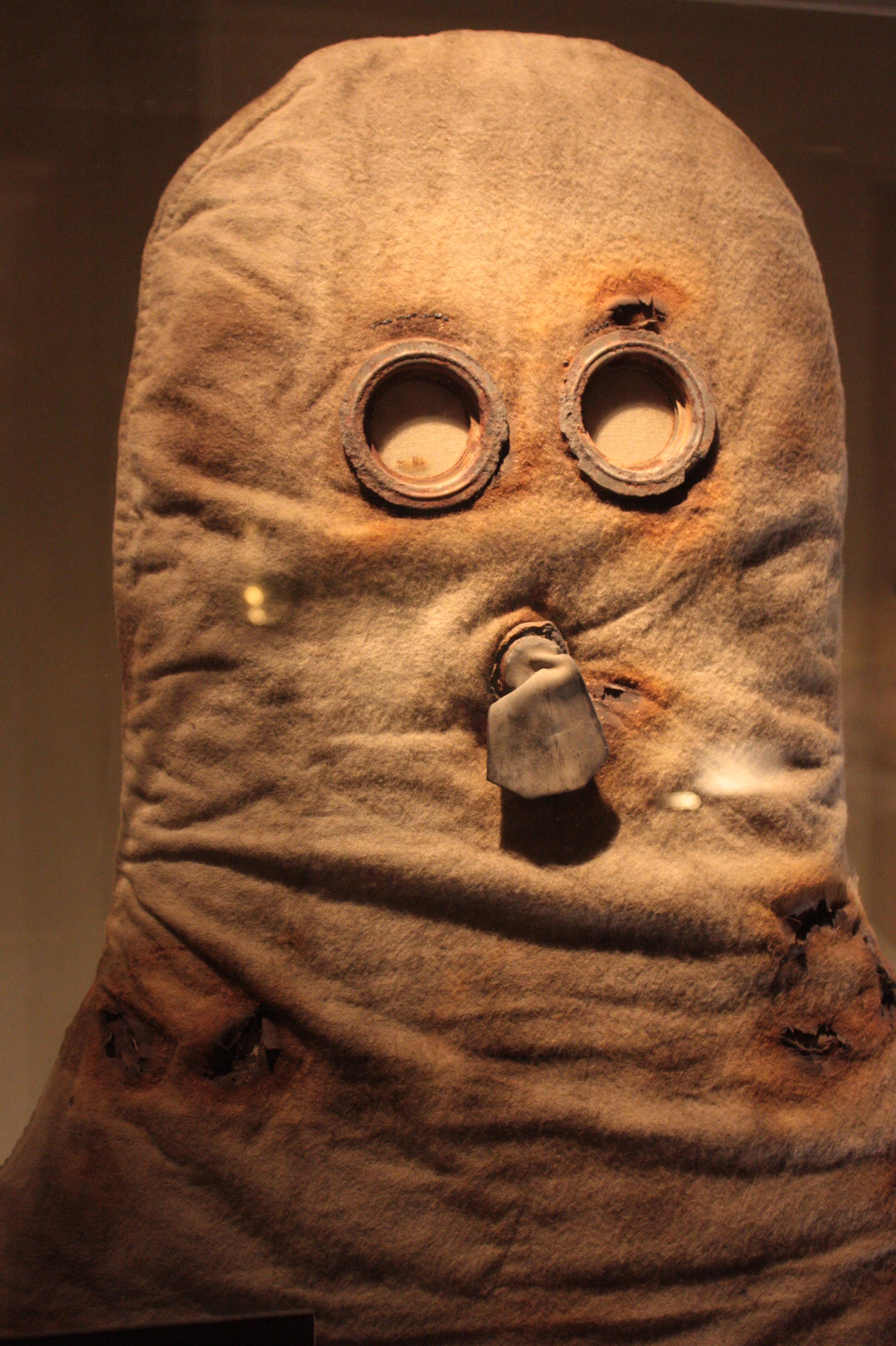|
Amédée Borrel
Amédée Marie Vincent Borrel (1 August 1867 – 14 September 1936) was a French physician and microbiologist born in Cazouls-lès-Béziers, Hérault. Biography Borrel studied natural sciences and medicine at the University of Montpellier, where he earned his degree in 1890. From 1892 to 1895, Borrel worked in the laboratory of Ilya Ilyich Metchnikoff (1845–1916) at the Pasteur Institute in Paris. Here he performed research of tuberculosis, and with Alexandre Yersin (1863–1943) and Léon Charles Albert Calmette (1863–1933), he worked on a vaccine against bubonic plague. With Yersin and Calmette, he co-published the treatise ''Le microbe de la peste à bubons'' concerning the plague bacillus. He is also credited for pioneer investigations on the virology, viral theory of cancer. From 1896 to 1914 he served as laboratory chief of the microbiology course at the Pasteur Institute. In 1919 he attained the chair of bacteriology at the University of Strasbourg. A genus of bac ... [...More Info...] [...Related Items...] OR: [Wikipedia] [Google] [Baidu] |
Cazouls-lès-Béziers
Cazouls-lès-Béziers (, literally ''Cazouls near Béziers''; Languedocien: ''Càsols de Besièrs'') is a commune in the Hérault department in southern France. Geography The town of Cazouls lès Béziers is situated 15 kilometres north of the city of Béziers and is midway between the Mediterranean coast and the Languedoc Natural Park. Climate Cazouls-lès-Béziers has a mediterranean climate (Köppen climate classification ''Csa''). The average annual temperature in Cazouls-lès-Béziers is . The average annual rainfall is with October as the wettest month. The temperatures are highest on average in July, at around , and lowest in January, at around . The highest temperature ever recorded in Cazouls-lès-Béziers was on 30 July 2001; the coldest temperature ever recorded was on 16 January 1985. Population Economy This is a rapidly growing town with new housing developments (''lotissements''), industrial zones and supermarkets. The town has good schools for students ... [...More Info...] [...Related Items...] OR: [Wikipedia] [Google] [Baidu] |
Bubonic Plague
Bubonic plague is one of three types of Plague (disease), plague caused by the Bacteria, bacterium ''Yersinia pestis''. One to seven days after exposure to the bacteria, flu-like symptoms develop. These symptoms include fever, headaches, and vomiting, as well as Lymphadenopathy, swollen and painful lymph nodes occurring in the area closest to where the bacteria entered the skin. Acral necrosis, the dark discoloration of skin, is another symptom. Occasionally, swollen lymph nodes, known as "buboes", may break open. The three types of plague are the result of the route of infection: bubonic plague, septicemic plague, and pneumonic plague. Bubonic plague is mainly spread by infected fleas from small animals. It may also result from exposure to the body fluids from a dead plague-infected animal. Mammals such as rabbits, hares, and some cat species are susceptible to bubonic plague, and typically die upon contraction. In the bubonic form of plague, the bacteria enter through the ... [...More Info...] [...Related Items...] OR: [Wikipedia] [Google] [Baidu] |
Gas Mask
A gas mask is a piece of personal protective equipment used to protect the wearer from inhaling airborne pollutants and toxic gases. The mask forms a sealed cover over the nose and mouth, but may also cover the eyes and other vulnerable soft tissues of the face. Most gas masks are also respirators, though the word ''gas mask'' is often used to refer to military equipment (such as a field protective mask), the scope used in this article. Gas masks only protect the user from ingesting or inhaling chemical agents, as well as preventing contact with the user's eyes (many chemical agents affect through eye contact). Most combined gas mask filters will last around 8 hours in a biological or chemical situation. Filters against specific chemical agents can last up to 20 hours. Airborne toxic materials may be gaseous (for example, chlorine or mustard gas), or particulates (such as biological warfare, biological agents). Many filters provide protection from both types. The first gas m ... [...More Info...] [...Related Items...] OR: [Wikipedia] [Google] [Baidu] |
World War I
World War I or the First World War (28 July 1914 – 11 November 1918), also known as the Great War, was a World war, global conflict between two coalitions: the Allies of World War I, Allies (or Entente) and the Central Powers. Fighting took place mainly in European theatre of World War I, Europe and the Middle Eastern theatre of World War I, Middle East, as well as in parts of African theatre of World War I, Africa and the Asian and Pacific theatre of World War I, Asia-Pacific, and in Europe was characterised by trench warfare; the widespread use of Artillery of World War I, artillery, machine guns, and Chemical weapons in World War I, chemical weapons (gas); and the introductions of Tanks in World War I, tanks and Aviation in World War I, aircraft. World War I was one of the List of wars by death toll, deadliest conflicts in history, resulting in an estimated World War I casualties, 10 million military dead and more than 20 million wounded, plus some 10 million civilian de ... [...More Info...] [...Related Items...] OR: [Wikipedia] [Google] [Baidu] |
Société De Biologie
The Société de biologie () is a learned society founded in Paris in 1848. The society was conceived during the French Revolution of 1848. The members of the society held regular meetings and published the proceedings in a new scientific journal. The founding members of the society included Claude Bernard, the naturalist Charles-Philippe Robin, and the surgeon Eugène Follin. Its first president was the doctor and dermatologist Dermatology is the branch of medicine dealing with the skin.''Random House Webster's Unabridged Dictionary.'' Random House, Inc. 2001. Page 537. . It is a speciality with both medical and surgical aspects. A dermatologist is a specialist medi ... Pierre Rayer. Bernard was unanimously elected president of the society in 1867 upon Rayer's death. Historian Mirko Grmek said the society brought together the best physiologists and naturalists in Paris, and that Bernard regularly attended the weekly meetings. During 1849 he spoke at nearly all the sessi ... [...More Info...] [...Related Items...] OR: [Wikipedia] [Google] [Baidu] |
Otto Bollinger
Otto Bollinger (2 April 1843 – 13 August 1909) was a German pathologist born in Altenkirchen, Kusel, Rhineland-Palatinate. In 1868, he obtained his doctorate in Berlin and two years later received his habilitation. He taught classes at the ''Tierärtzliche Hochschule'' in Zürich and in 1874 became an associate professor at the ''Tierarzneischule'' in Munich. In 1880, he succeeded Ludwig von Buhl (1816-1880) as professor of general pathology and pathological anatomy at the University of Munich. Bollinger had an extensive background in veterinary medicine and was known for his studies of rabies in the days before the discovery of an anti-rabies vaccine. In 1877, he described the etiologic agent of bovine actinomycosis ("lumpy jaw"), an organism that is now referred to as ''Actinomyces bovis''. Principles of microbiology by Veranus Alva Moore He ... [...More Info...] [...Related Items...] OR: [Wikipedia] [Google] [Baidu] |




